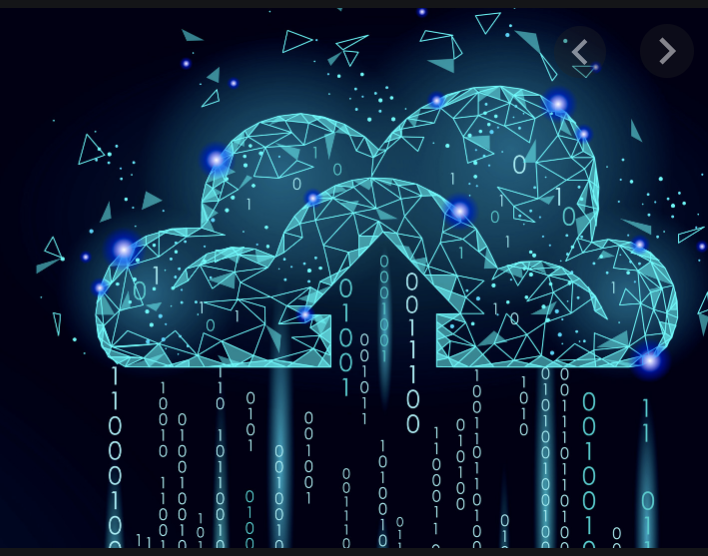Vision
Cloudcomputing, light and shade
The rapid development of virtualization technology in hardware architectures empowered the emergence of cloudcomputing piataforms, solving the age-old problem of reliability and dramatically increasing efficiency. However, the cloud opened the door to a new threat that, when systems were isolated, was not previously there: the risks of attacks over the network. This risk materializes in thousands of cyber incidents each year, with an estimated total damage of several billion dollars. Solutions to this problem are inefficient, unfortunately. In fact, in large part the problem can be traced to the limited human ability to realize that a mistake is being made, unintentional or induced, by activating a destructive or malicious threat. It is therefore an organizational problem: if there is only one individual who has the power to take a destructive action, then the risk that this action may be activated will never be eliminated.
The only possible solution is to make every potentially critical action, activatable only if there is a broad consensus among several independent parties, called upon to express an opinion as to whether that action should be executed.
This organizing principle is the basis of “distributed compting”

Decentralized consensus
The blockchain is ll most well-known system that produces decentralized consensus. The validation of transactions that move tokens is a process that can neither be prevented nor hacked. Compared to a classic cloud-based platform, the blockchain is therefore an extremely more robust system. When one considers that there is no impediment to changing the software used by nodes, the robustness of the blokchain appears to be an extraordinary feature. The absence of limits, certifications, firewalls, etc., normally essential to protect a critical system, implies that the security of the blockchain derives not from the technology, but from the decision-making process by which it is approved whether a transaction is valid or not, a process called “consensus production.” This process is based on a decentralized organization that is absolutely “flat,” that is, free of any privileged entity that could alter the process itself. Given that it is now more than twelve years since blockchains have existed and manage billions of dollars, it can certainly be said that this approach works. And if blockchain is a compelling example of how decentralization is an efficacious approach, we can mention another, even more striking one: the Internet. The Internet is a decetralized network. In fact, it was designed specifically to overcome the limitations of the telephone network model where every communication went through a central switch. When communication channels were based on physical links, all data in a channel passed over a single cirtuit, and a failure at the telephone switch could affect many if not all circuits. In the Internet organizational model, instead, the data in each communication channel is divided into packets, each packet can follow a different path to reach its destination and can be retransmitted on another path if it is not received. Therefore, a failure of one or more network components is irrelevant. The network, composed of thousands of interconnected nodes, is therefore resilient to attacks because it is virtually impossible to knock out all possible alternative paths, but more importantly, it is impossible to prevent new paths from being dynamically created.
Not only economic transactions
Although the Internet organizational model was defined as early as the 1970s the architectures of application platforms (ERP, CRM, CAM, etc.) have continued to be based on the centralized model.
This is certainly due to the greater simplicity of implementing that organizational model, but also certainly due to the absence of a practical solution to securely decentralize a decision-making process.
The solution came in 2015 with the ability to write Smartcontracts.
Smartcontracts are nothing more than algorithms executed by the nodes running the blockchain.
Since nodes produce decentralized conenso on the correctness of their activities, then they also produce consensus on the output of the algorithm they execute.
Thanks to Smartcontracts, for the first time, it is possible to write a program that will be executed without anyone being able to prevent it, or being able to alter the input data or the lalgorithm itself to produce an altered output.

Limitations of blockchain
Although Smarcontracts represent an extraordinary innovation and a tool that can greatly increase the security of application platforms, unfortunately blockchains have proven inadequate to provide the performance levels needed to adopt smartcontracts for industrial applications.
In fact, blockchains have two limitations:
– they cannot scale in performance to support all possible smartcontract execution requests
– the cost of smartcontract execution is variable depending on the network utilization level.
The production of the decentralized consensus of a blockchain is based on the remuneration of nodes by means of a token, which, to have value must be a scarce resource. This limits performance and makes the blockchain unsuitable for industrial applications.
Not only blockchain
How the Internet works shows that it is possible to design a decentralized system even without remunerating the nodes in the network, or rather, it is possible to design a decentralized system in which the nodes are remunerated indirectly or simply, by collaborating, gain mutual benefit.
This is the approach behind “blockchain alternatives” such as IOTA, and also behind the dOra system.
dOra, an acronym for Distributed Oracole, is a computational system that produces the same effects and provides the same benefits as a Smarcontract, but is not managed by nodes on a blockchain and therefore does not suffer from its limitations.
With dOra, it is possible to design and run core components of mission critical platforms to an uninterruptible, efficient, secure system.
Our Vision is that granzie to dOra secure core components of mission critical platforms, making them extremely more resistant to cyber attacks.
